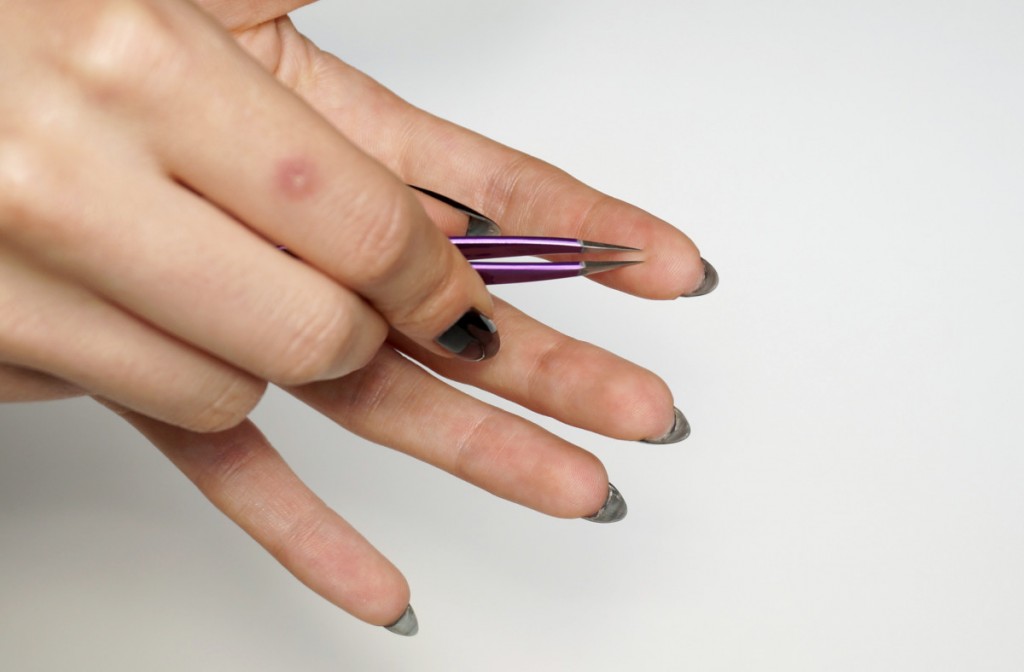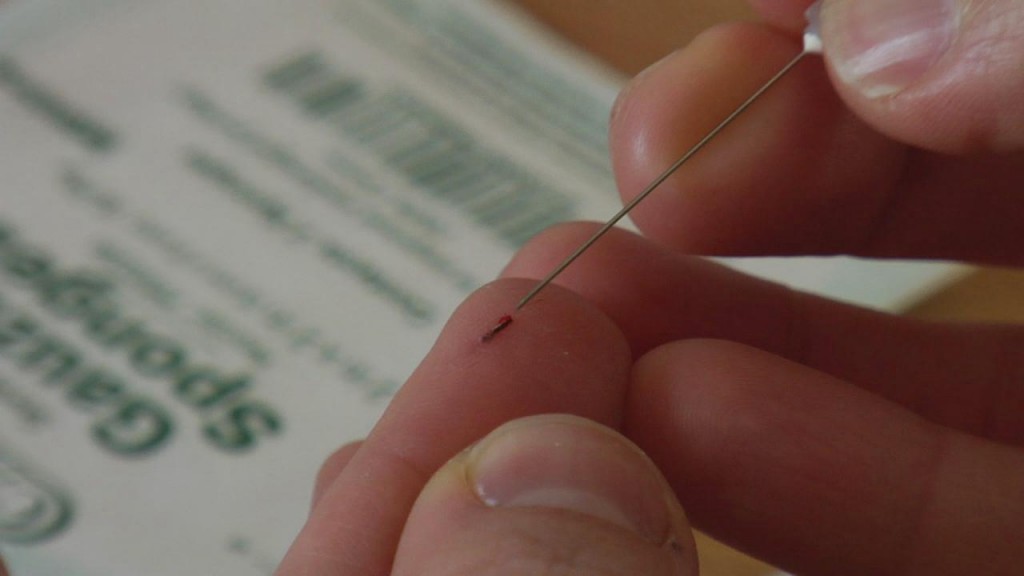Good Techniques to Use When Removing Slivers
When I was a child, I was more scared of the process of removing slivers than I was of their presence underneath my skin. Let’s just say that my parent’s were not well-versed in sliver removal techniques, and getting rid of the objects often turned out to be more painful than the wound itself. Consequently, I paid special attention to good sliver-removal options over the years in order to find the ones that were the most-effective while causing the least amount of pain. Let’s take a look at a few techniques that can make removing slivers a breeze.
Tweezers
Tweezers work wonders when you’re trying to remove a thicker, stronger foreign object that is protruding well above the skin. As long as there’s enough room for you to grab on to the end without accidentally pulling the surrounding skin or pinching the wound, chances are that you can pull it out in one swift motion. However, if the splinter is prone to breaking, then you may only end up removing the protruding part while the other end remains embedded in the skin.
Flat nosed tweezers are more stable and allow for some margin of error as you try to grasp the sliver. However, pointed ones may be better when trying to get at a small protrusion or one that needs to be gripped in a pin-point location. Consider having both on hand so you can choose the best option when the situation arises.
Needles
Needles may be needed in order to lance the skin or widen the hole around the foreign object. Needles also help to lift the layer of skin just above the object in order to create a bigger space and make it easier to remove. However, this requires a little bit of delicate handling in order to avoid causing further damage to the wound site and causing the patient additional pain. Needles should also be sterilized whenever possible to minimize the chances of the site getting infected. You don’t want to use needles to scrape away at the skin as this will cause it to tear while making an already sensitive area even more painful.
Solvents
If you’re having trouble getting a stubborn sliver out, or it is completely embedded under the skin, there are a number of solvents that you can use that will soften the skin and draw the object out. One of the most popular over-the-counter medicines is often called icthammmol ointment. These products contain ammonium bituminosulfonate, which softens the skin, expands the area surrounding the foreign object and helps the body to push it out.
Many people associate this medicine with tar due to it’s thick, sticky, black consistency and pungent odor. However, despite it’s unpleasant characteristics, this medicine is one of the best remedies around. All you need to do is apply it to the affected area, cover with a bandage and check once or twice a day to see whether the splinter is ready to be removed or has fallen out on its own accord.
Another popular home-remedy is to make a poultice out of Epsom salts. Simply sprinkle a few grains on the affected area and cover with a bandage. The moisture from the skin and wound site will interact with the minerals in the salts that can cause the skin to soften while extracting the foreign object. Another option is to soak the affected area in a bowl of concentrated Epsom salts and water for a few minutes every few hours. Cover with a bandage between treatments. In both cases, this method can help to draw out the sliver in less than a day in some cases.
Finally, you can also use some tape if the sliver is protruding from the skin. Duct tape works particularly well, but any good adhesive can work. You can also use adhesive bandages, and liquid bandages are a very effective option as well. The important thing to remember is that you want to pull back on the sliver so that it is pulled out in the opposite direction from how it entered the skin. This is a good option to consider when there is not enough of a protrusion to remove the sliver with tweezers or a needle.
These are just a few examples of many options that you can use to remove slivers, but remember that the best solution will depend on the nature of the injury and how well you can apply these or other techniques. However, having a few different options at your disposal will go a long way toward helping you to get the sliver out as quickly and painlessly as possible.



